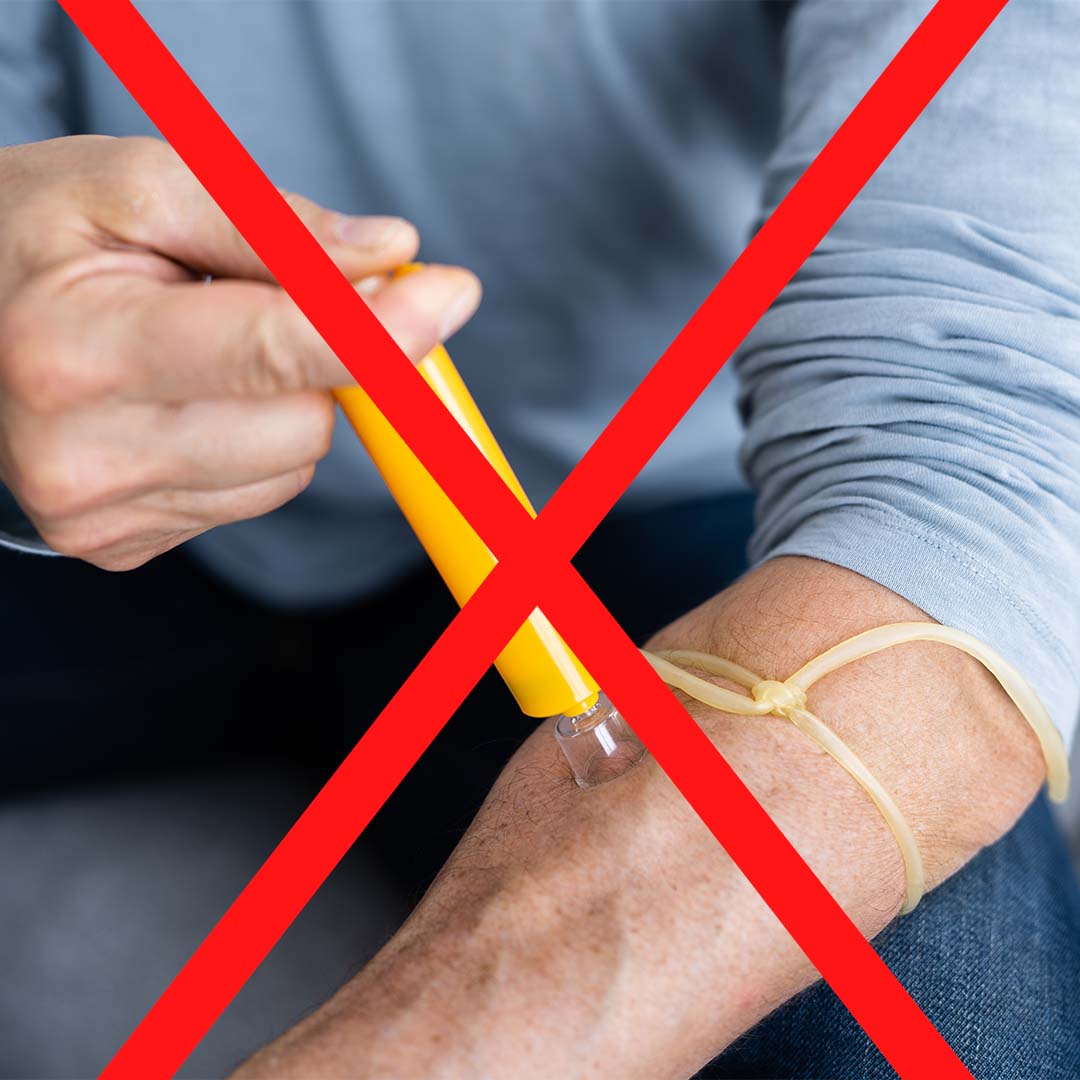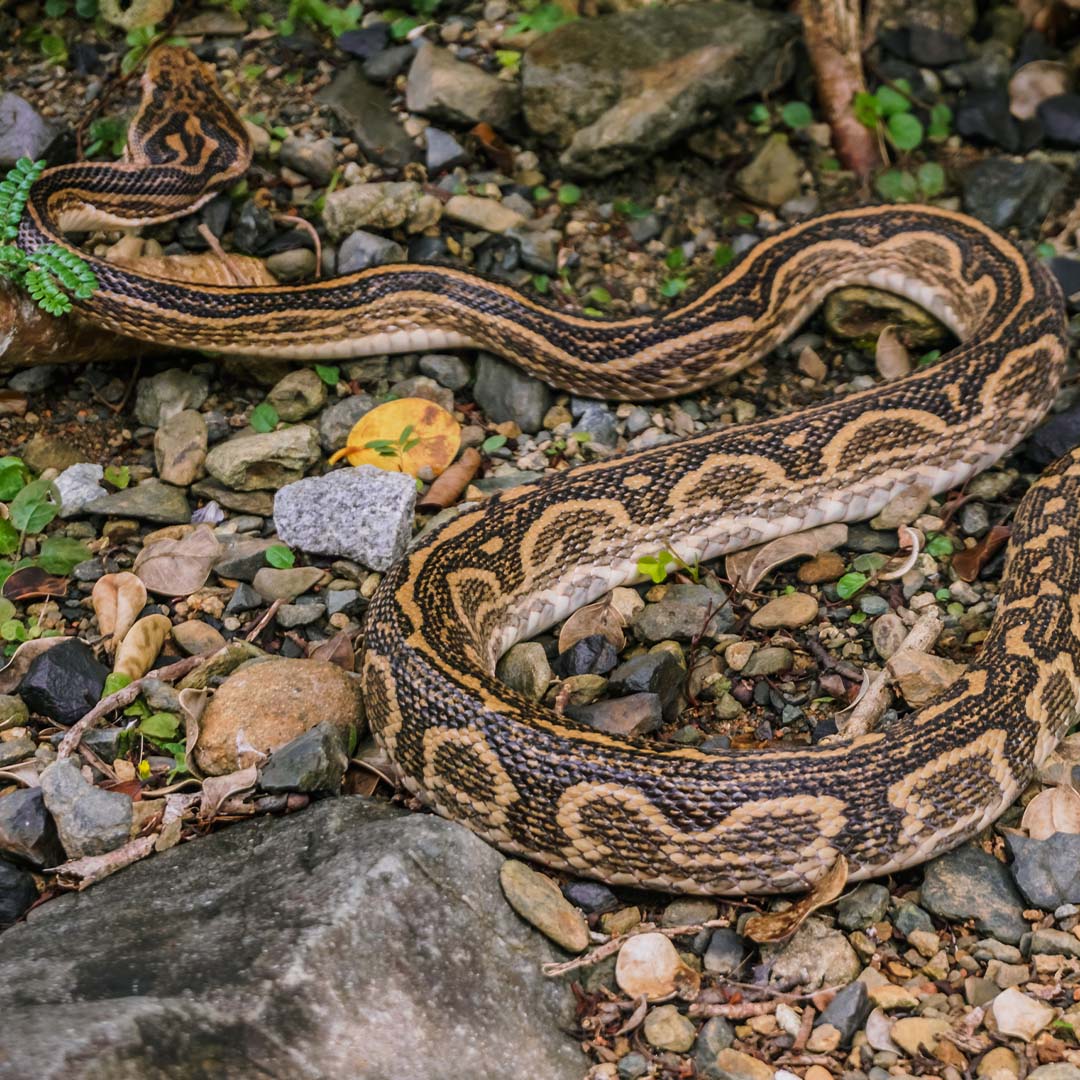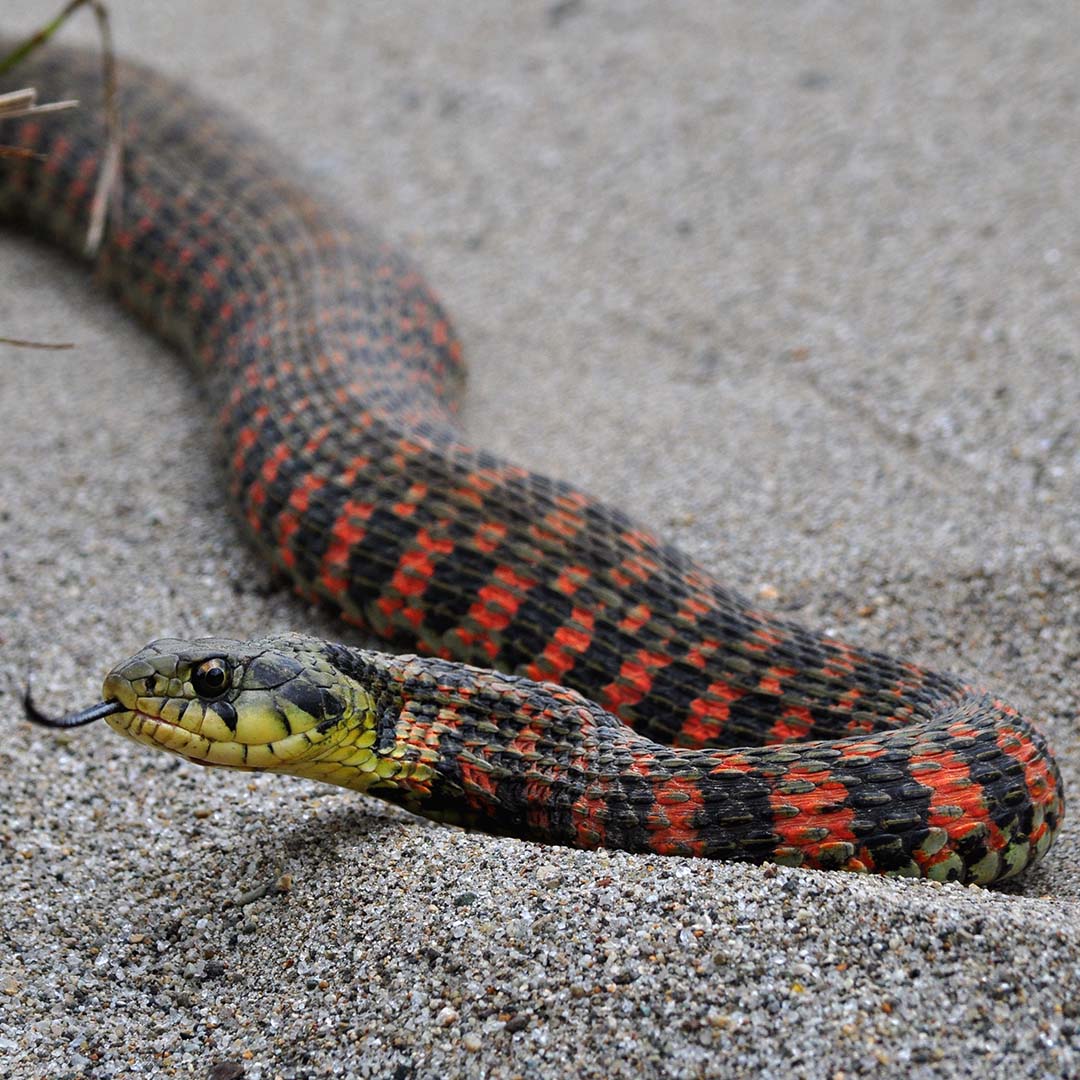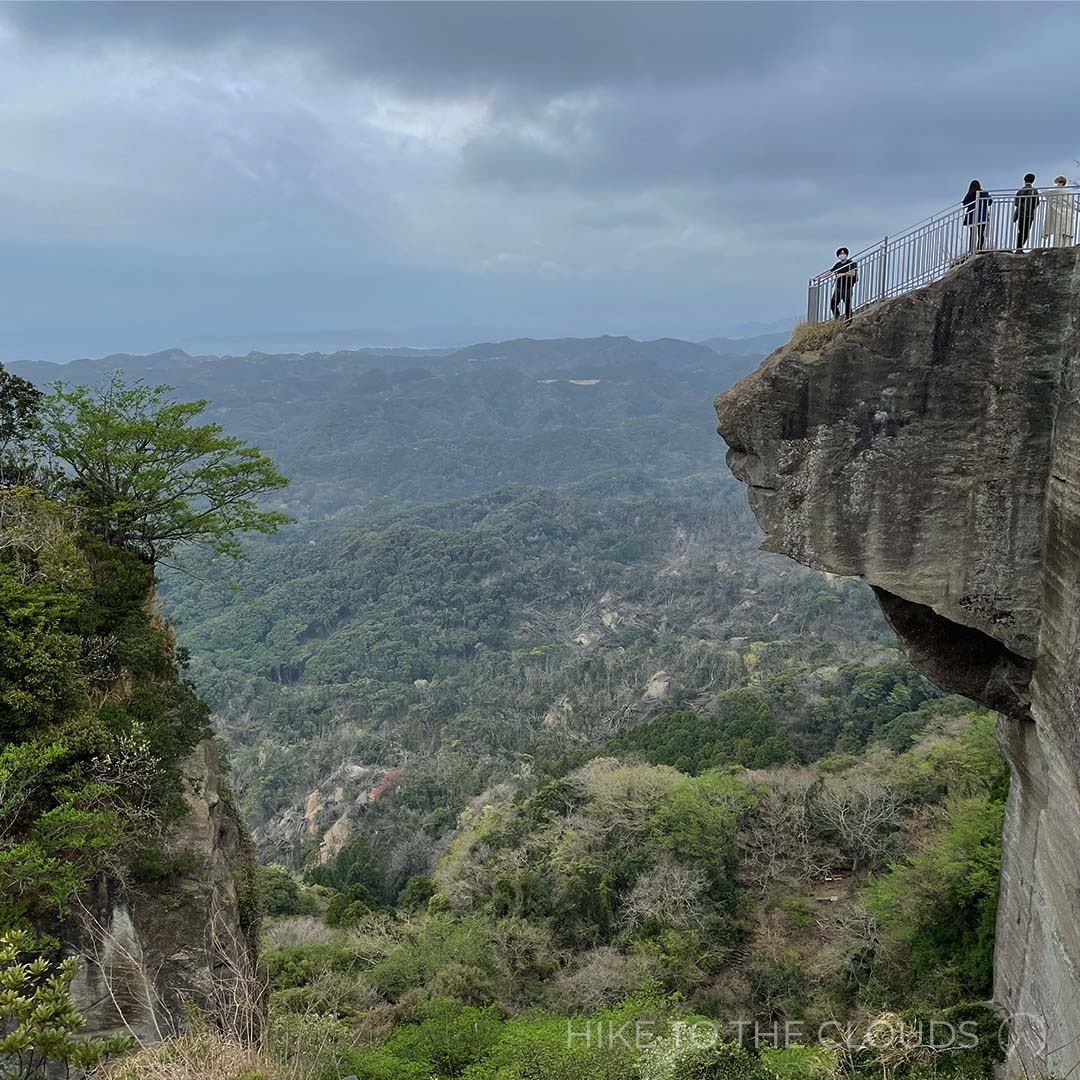5 things NOT to do if you are bitten by a snake in Japan
and what to do
An estimated 10 people per year die from Mamushi bites in Japan. Many more end up with permanent disfigurements or health problems. Often complications occur due to incorrect first aid given before getting to the hospital. So, without further ado, here are 5 things you shouldn’t do if you get bitten:

What not to do when bitten
1. Do not use a tourniquet
I know it feels like common sense to stop the poison flowing into the rest of your body, and older first aid advice used to suggest doing exactly this. The problem is that the venom will make your body swell. So your now tourniquetted appendage will start expanding like a balloon. This is likely to cause you great discomfort. And on top of that, you will have greatly increased the possibility that you will need to have your appendage amputated once you arrive at the hospital. In light of this, and the lack of effectiveness of tourniquets in the first place, modern snakebite experts (yes, they are a thing) have universally condemned the use of tight ligatures and arterial tourniquets as a first-aid treatment.
2. Pressure bandages are also a big no
Habu and Mamushi are both types of Pit Vipers, and as such, their venom is hemotoxic. Hemotoxic venom can cause necrosis, haemorrhaging (internal bleeding) and blood poisoning. By adding a pressure dressing to these kinds of bites, you could make tissue damage worse. Another symptom of hemotoxic bites is compartment syndrome. Compartment syndrome occurs when pressure within an enclosed bundle of muscles (or muscle compartment) builds to dangerous levels. This pressure can decrease blood flow, which prevents nourishment and oxygen from reaching nerve and muscle cells. As with tourniquets, further binding can exacerbate this.
3. Do not use a venom extracting device
Scientific studies have shown that these devices are pretty ineffective. The fangs of Mamushi and Habu are shaped like hooks and inject the venom in at an angle. It is unlikely that you will be able to pull out much, if any, from the wound, and definitely not enough to make any difference. What is more likely, is that the suction caused by the device will cause further damage to the tissues around the bite wound - the tissues that are already being attacked by the necrosis causing venom. Ok, so what about cutting into the wound to get to the venom? No human study has shown that incision and suction as a first-aid tool can improve the chances of survival or outcome. Suprisingly, studies have shown that flushing the wound out with water is more likely to help.

One more thing! Do not try to suck the venom out of the wound with your mouth!
Any venom that you do manage to extract in this way will be going straight into your mouth for rapid absorption; And no, spitting it out won’t work.
4. Do not take ibuprofen, aspirin or any NSAID
You may be in pain, but NSAIDs thin the blood. As most deaths caused by hemotoxins are due to internal bleeding, these medications are a terrible idea. If you must take painkillers, take acetaminophen (Tylenol/Paracetamol).
5. Do not mess with the snake
There is no reason to kill the snake and/or take it to the hospital for identification. This will probably land you with even more bites. Furthermore, remember you were disturbing it in it’s home - the snake is an important part of the ecology in the area and has far more right to be there than you. If you feel it is absolutely necessary to identify the snake, take a picture from a safe distance (at least 2 meters away).
So, what should I do?
1. Move slowly away from the snake.
2. Take off all jewelry, watches or anything that might cut off blood flow once you start swelling.
3. Write down the time you were bitten on your skin with a permanent marker.
4. If your face or throat starts swelling, use an EpiPen to prevent anaphylaxis.
If you don’t have an EpiPen, take antihistamines and pray. (Note that while epipens are effective immediately the effects only last for around 20 minutes. Antihistamine tablets take a while to take effect, but last longer. For this reason, some people take antihistamines as soon as they have used an Epipen. ANTIHISTAMINES CANNOT STOP ANAPHYLAXIS as it is not fast acting enough and works on different mechanisms.)
5. You now have 2 options (both have downsides):
A) Find a safe place to sit and call for help.
Try to slow down your heart rate with breathing exercises. If possible, keep your bitten leg or arm below your heart. Use your permanent maker to make a line showing where the swelling has reached along with the time every 30 minutes. This will help the doctors when you arrive at the hospital.
B) Proceed back on foot and find help.
Some would argue that it is more important to get to safety than to try to slow your heart rate and wait for assistance. After a traumatic event, many would struggle to slow their heart rate anyway, so why not continue walking at an even pace. You could be waiting a long time for rescuers to find you or for the right conditions for a helicopter rescue. Remaining where you are could also put you at risk from other dangers such as hyperthermia, especially if you end up on a mountain at night time. Another argument for continuing is the hefty price of mountain rescue, more so if you don't have outdoor health insurance.
Now for some good news
No one (in recorded history) has died in the first 24 hours after a Habu, Mamushi or a Yamakagashi bite, so you have some time. Having said this, it is believed that the anti-venom has a better chance of working when given within 3 hours after a bite. But don’t panic if you are 3 hours up a mountain with no way of getting down that quickly. A study published in the journal 'Acute Medicine & Surgery' (2020) suggested that the “early” anti-venom cut off time should be 14 hours after the bite, rather than the previously thought 3 hours. Either way, it is best to get to a hospital as soon as possible and let your doctor decide the best course of action.
Japan’s Venomous Snakes
Mamushi

Appearance: Pale to dark brown with dark-edged blotches.
Family: pit viper
Length: 40~80cm
Venom Type: hemotoxic (high)/neurotoxic (low)
Venom Symptoms: swelling, haemorrhaging around the wound site, hypotension, or ocular symptoms such as double vision or squint. In severe cases, nausea, vomiting, stomachache, diarrhoea, cyanosis, and tachycardia.
Mamushi are mainly active at night during the summer, so hikers need to be especially careful when starting early in the morning. Mamushi love spending time in the wet, weedy areas, which is why rice farmers make up a large percentage of those bitten in Japan. Hikers tend to come across them hidden in fallen leaves or grass. Due to this, identification can be difficult, even in the daytime. The Mamushi does not jump and only bites when hikers draw near. Most bites occur when the snake is taken by surprise. Seventy percent of victims get bitten on the extremities. The fangs are about 5 mm long and very thin, so victims usually only feel a pain similar to a splinter. So, hikers and even doctors often mistake the snake bite for an insect bite or sting, especially when bitten at night. The Mamushi bite usually leaves two tiny wounds that are 1 cm apart. These snakes often have two fangs on each side; so, it isn't uncommon to see three or four fang marks.
Habu

Appearance: Light olive or brown colour with green or brown blotches
Family: Pit Viper
Length: 120~150cm
Venom Type: Hemotoxic
Venom Symptoms: swelling (usually within 30 mins), nausea, vomiting, hypotension
Habu are found mainly in Okinawa and the surrounding islands. Like Mamushi, Habu are most active at night time, especially during warm and humid seasons. The majority of people bitten each year are farmers. Twenty percent of habu bites are dry but don’t take the risk of not getting checked out.
Yamakagashi

Appearance: Olive to dark green with a light underbelly. Black and bright orange crossbars or spots running down from the head along the first third of it’s body.
Family: Colubridae / Pit Viper
Length: 60~100cm
Venom Type: Hemorrhagic
Venom symptoms: Persistent bleeding from the bite site, bleeding from the nose and gums
Yamakagashi, also known as Tiger Keelback, are found in most regions of Japan. Their fangs are only around 2 mm long. They are less aggressive than other snakes and more likely to flee than attack; due to this behaviour, Yamakagashi bites are extremely rare. However, Yamakagashi bites can be life-threatening due to the hemorrhagic symptoms similar to those of a rattlesnake.
Disclaimer
The information on this website is provided as a service to the public and offers general information only. It is not intended to be and should not be relied on as a substitute for specific medical or health advice. While every effort is taken to ensure the information is accurate, Hike To The Clouds makes no guarantees that this information is correct, current, complete, reliable or suitable for any purpose. We disclaim all responsibility and liability for any direct or indirect loss, damage, cost or expense whatsoever in the use of or reliance upon this information.
We strongly advise all hikers to complete a practical first aid training course with an authorized & accredited first aid training provider in their local area.
You might be interested in...

Beginners
Getting Started With Hiking
In Japanese, the word “hike” comes with the feeling of undergoing an extreme workout. If you tell someone in Japan that you like hiking, they look at you as if you are some kind of superhuman or Olympian. “You mean, you climb mountains for fun?” To be fair, hiking up some of Japan’s mountains can be extremely strenuous and is surely not for the faint of heart. But hiking doesn’t have to be extreme...
Blog
Peer into Hell at Mount Nokogiri
Last Sunday the Hike To The Clouds Team went to Mount Nokogiri in Chiba. Known for its stone Buddha (the biggest in Japan) and its heart-attack-inducing cliff that supposedly looks...

